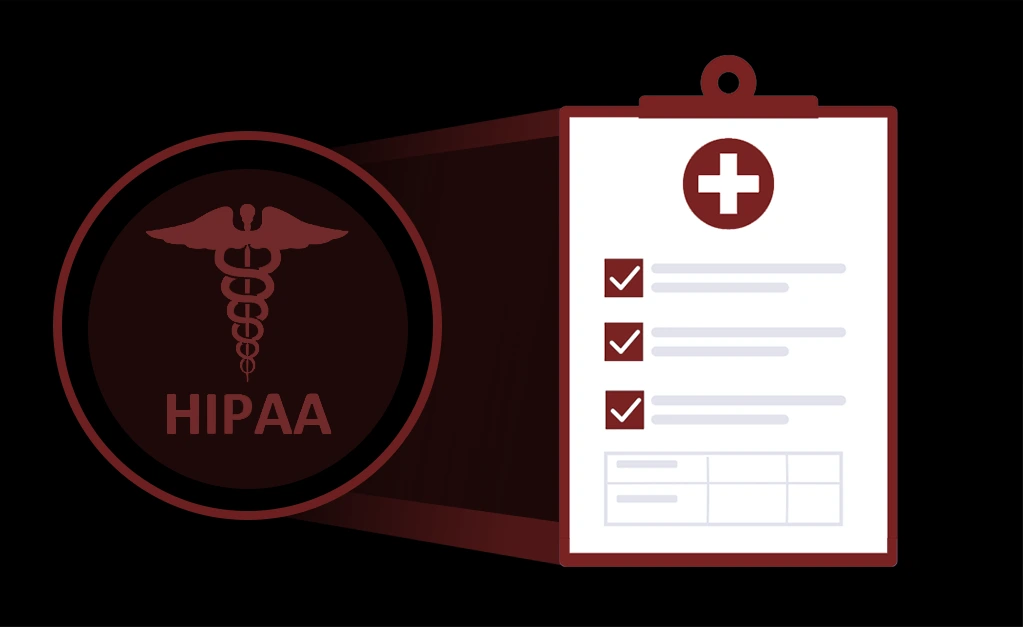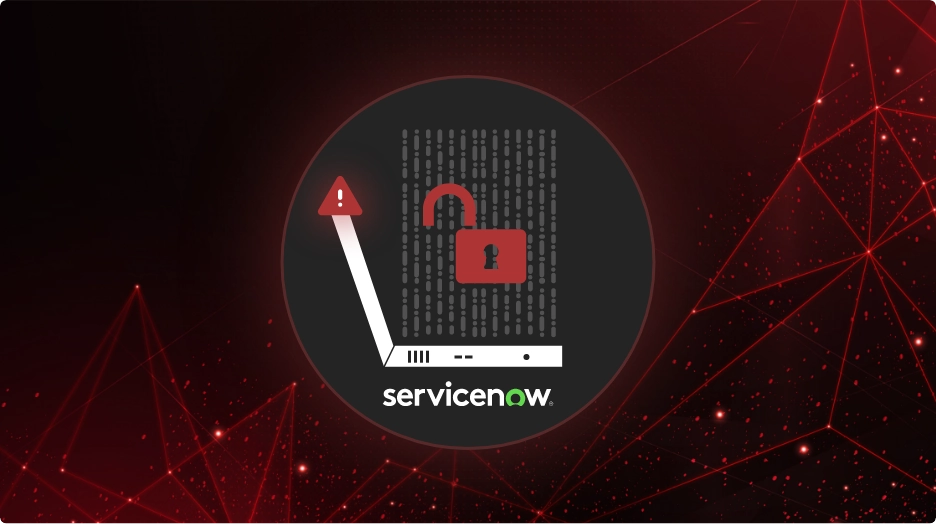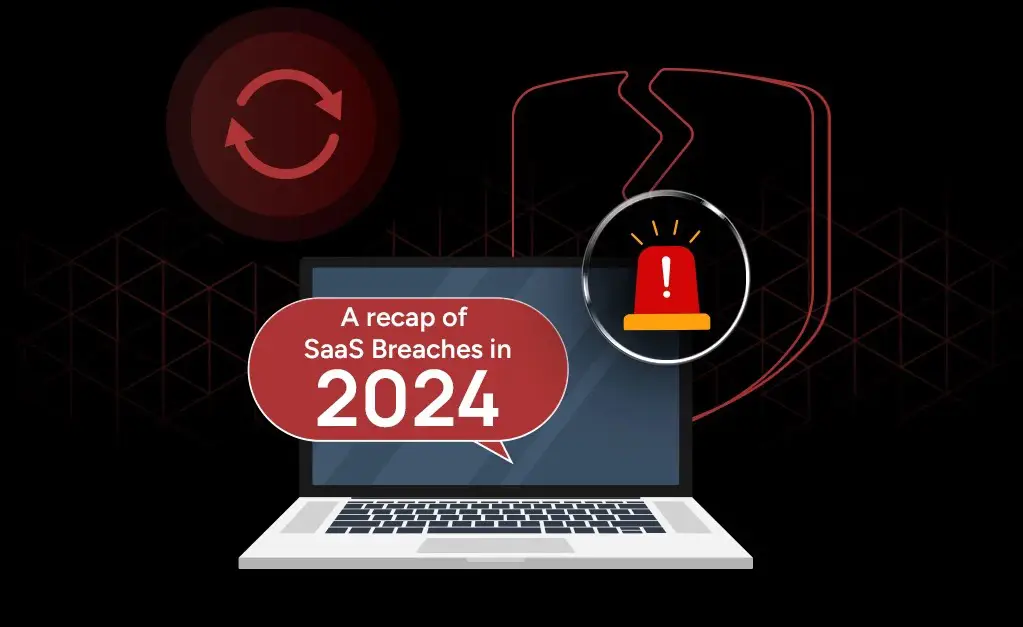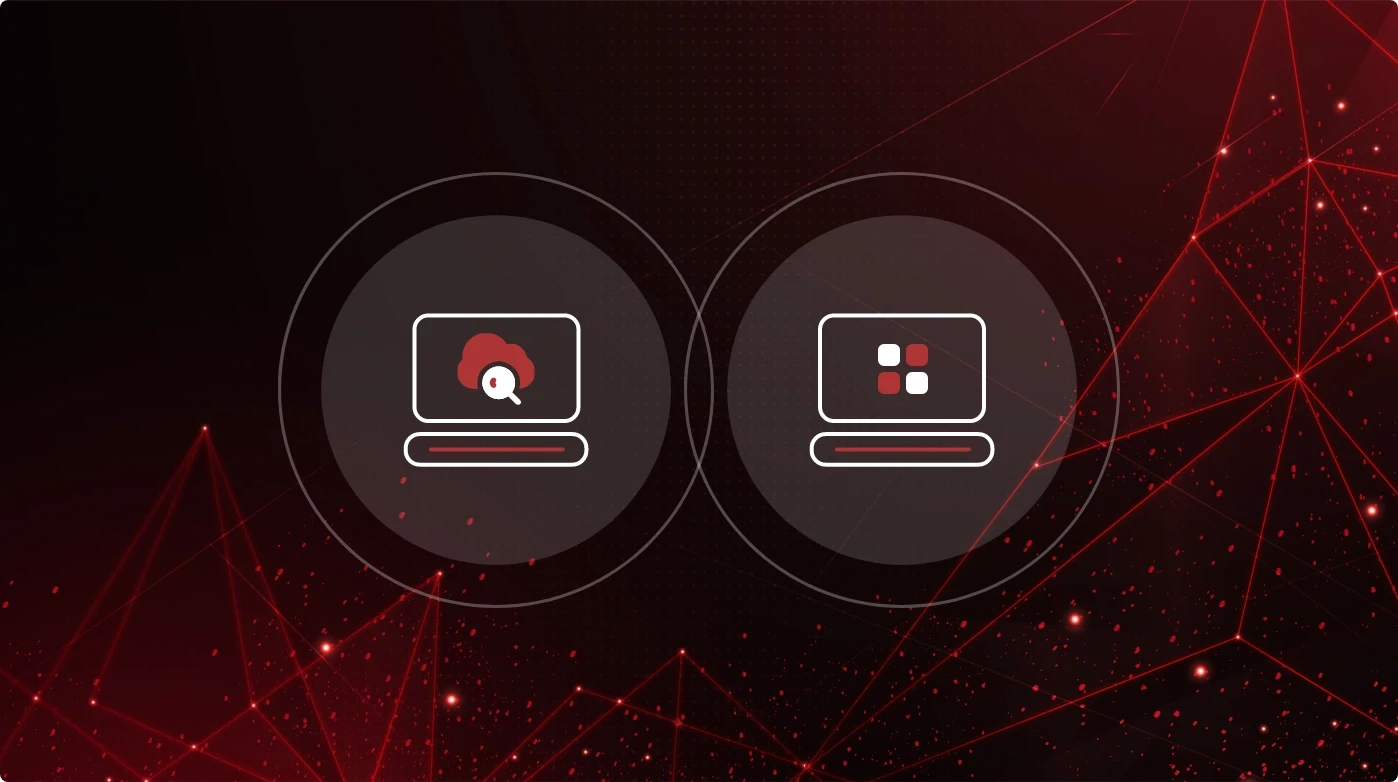The Changing Face of Healthcare Cybersecurity: Updates to the HIPAA Security Rule

The healthcare industry is facing an unprecedented rise in cyberattacks, with breaches becoming increasingly frequent and sophisticated. Recognizing the growing threats, the U.S. Department of Health and Human Services (HHS) has proposed sweeping updates to the Health Insurance Portability and Accountability Act of 1996 (HIPAA), marking the most substantial changes to the rule in over a decade. These updates aim to strengthen the protection of electronic protected health information (ePHI) and address evolving cybersecurity threats.
Why Are These Updates Necessary?
Healthcare has become a prime target for cybercriminals, with massive breaches such as the 2024 Black Basta ransomware attack on Ascension, which affected 5.6 million people. The attack disrupted healthcare operations, forcing staff to use paper records and divert emergency medical services. Such incidents highlight the critical need for strong cybersecurity measures.
Alarming Statistics: In 2024, the 10 largest data breaches affected 137 million individuals, with over 90% caused by hacking or IT incidents.
Evolving Threats: Advanced cyberattack methods, including ransomware and AI-powered phishing, are on the rise, endangering sensitive health information.
Cloud and SaaS Misconfigurations: The growing reliance on cloud-based solutions and Software-as-a-Service (SaaS) platforms in healthcare introduces unique cybersecurity risks. While these technologies offer scalability and efficiency, they also expand the attack surface:
- Data Exposure Risks: Misconfigurations in cloud environments can inadvertently expose ePHI, leaving sensitive data accessible to unauthorized parties.
- Third-party Dependencies: SaaS applications often depend on third-party providers, whose vulnerabilities can become entry points for cyberattacks.
- Access Management Challenges: Ensuring secure access to cloud systems is critical but can be complex, particularly with inadequate multifactor authentication (MFA) or overly broad permissions.
- Shared Responsibility: Security in cloud environments requires collaboration between healthcare entities and cloud providers, but gaps in understanding shared responsibilities can lead to vulnerabilities.
What Are the Proposed Changes to the HIPAA Security Rule?
The proposed updates by HHS aim to enhance resilience and security in the healthcare sector by introducing several new requirements:
Mandatory Safeguards
- Encryption: Protected health information (PHI) must be encrypted to ensure its safety even during cyberattacks.
- Multifactor Authentication (MFA): MFA will be required to strengthen user authentication processes.
- Network Segmentation: Healthcare organizations must segment their networks to limit attackers’ lateral movement during breaches.
Enhanced Risk Analysis
- Organizations must develop a detailed technology asset inventory and map ePHI movement within their systems.
- A new methodology for risk analysis will require written assessments identifying threats, vulnerabilities, and associated risks.
Uniform Implementation Specifications
- The distinction between “required” and “addressable” safeguards will be removed, making all specifications mandatory.
- Vulnerability scanning, antimalware protection, and annual compliance audits will become standard requirements.
- Business associates must confirm the implementation of safeguards through annual written certifications.
The Cost of Compliance
Implementing these changes will not come without challenges. HHS estimates the cost to be $9 billion in the first year and $6 billion annually for the next four years. Despite these costs, the long-term benefits of safeguarding patient data and ensuring operational resilience outweigh the investment.
Why the Healthcare Sector Must Strengthen Its Cloud and SaaS Security Posture
As healthcare organizations increasingly rely on cloud and SaaS solutions, the need to strengthen their security posture has never been more critical. The proposed updates to the HIPAA Act emphasize enhanced cybersecurity measures, making it essential for healthcare providers to ensure their cloud environments are secure, compliant, and capable of protecting sensitive patient data.
Key Security Considerations for Healthcare Organizations
- Cloud Misconfigurations: Improperly configured cloud environments are a leading cause of data breaches. Organizations must implement strong access controls, encryption, and continuous monitoring to protect electronic protected health information (ePHI).
- Shared Responsibility Model: While cloud providers manage certain security aspects, healthcare organizations are accountable for securing their data and applications. Understanding and managing these responsibilities is crucial to mitigate risks.
- Third-party Risks: Dependence on third-party SaaS applications can introduce vulnerabilities. Conducting thorough security assessments of vendors and monitoring their compliance is vital to safeguard patient data.
- Compliance with HIPAA Updates: New HIPAA requirements, such as mandatory encryption and multifactor authentication (MFA), necessitate proactive measures. Regular vulnerability scanning, risk assessments, and annual audits are essential for compliance and risk mitigation.
Building a Culture of Security
Beyond meeting regulatory requirements, fostering a culture of cybersecurity resilience is key. This involves providing ongoing staff training, developing robust incident response plans, and continuously monitoring systems to detect and respond to threats early. As the healthcare sector increasingly embraces cloud and SaaS technologies, ensuring the security, compliance, and resilience of these platforms is vital to protect patient data and maintain trust in digital healthcare services. CheckRed’s comprehensive cloud security platform is designed to improve the security posture of healthcare providers. With agentless scanning, CheckRed can detect misconfigurations before they escalate into breaches, ensuring continuous compliance with frameworks such as HIPAA. By integrating CheckRed into your security strategy, your organization can proactively address potential vulnerabilities, safeguard sensitive patient information, and uphold the highest standards of healthcare security. Get in touch to know how we can help you!


